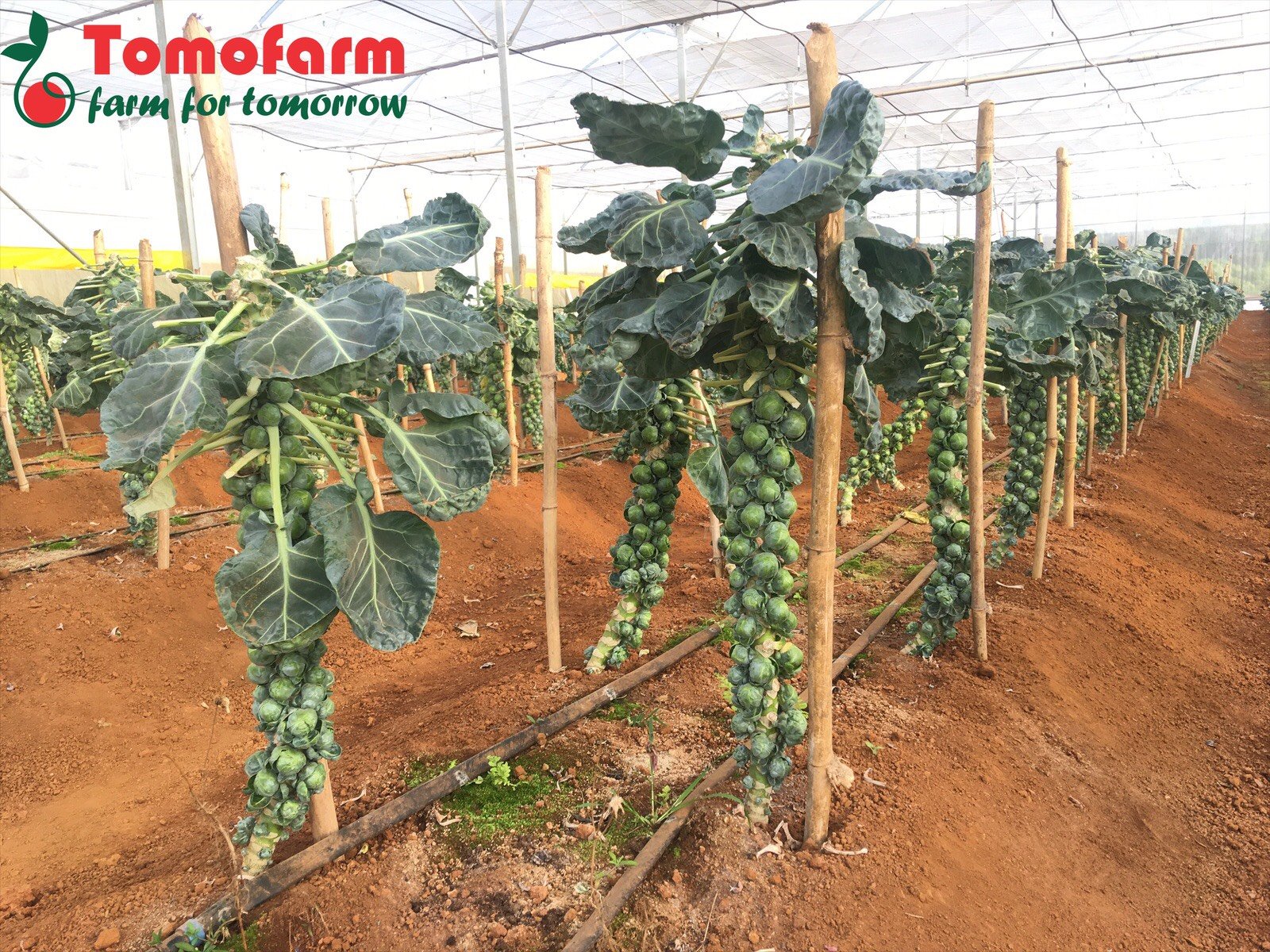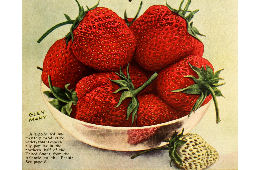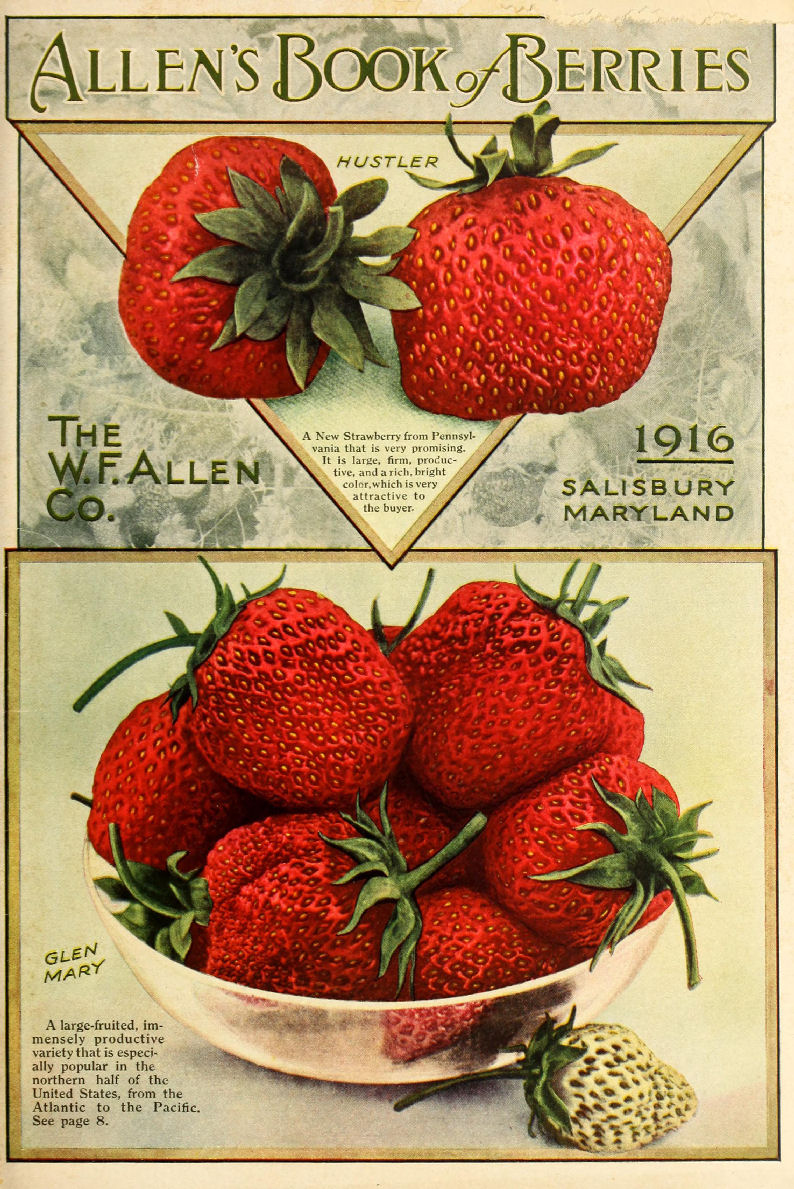
Strawberries are among the most commonly consumed fruits for ages by mankind in the Northern Hemisphere and yet they have only recently been cultivated in our farms and gardens.
If the Romans already spoke about it in their texts for their supposed medicinal virtues and their perfume used in cosmetic products, their abundance in the forests of Europe hardly pushed anyone to cultivate them. Among the wild species of that time, we can distinguish between small wild strawberries (fragaria vesca) and green strawberries. Both were more acidic than the species consumed today and only occasionally eaten when someone found a bush.

It was not until the 14th century that we suddenly see blooming (pun intended) gardens cultivating strawberries at the court of the French king Charles V between 1364 and 1380. In his royal gardens, there were then 1200 strawberry trees intended for the court who loved them. From there, the strawberry is given its letters of nobility and is found in many illustrations of manuscripts all over Europe in the centuries that follow and the fruit becomes used in treatments against depression.
The oldest surviving manuscript explaining how to grow and harvest strawberries dates only from 1578, just a century before the species fragaria virginiana was imported from North-East America in the 17th century by the famous French explorer Jacques Cartier when he “discovered” the Canada for French. Bigger but slightly less tasty, this species took another century to be gradually appreciated in Europe.
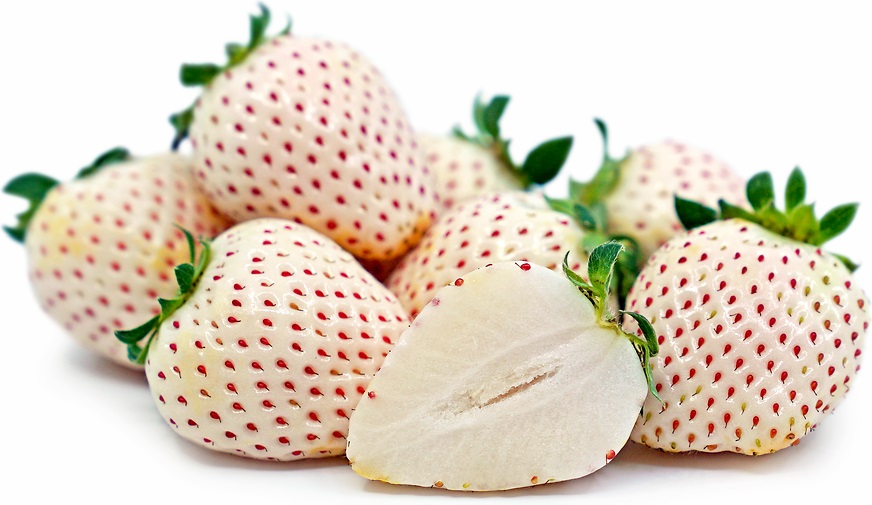
It was at that time that a new Frenchman entered the scene. In 1714, a naval officer, François Frézier illegally brought back several plants of the Chilean species (Fragaria chiloensis subsp. chiloensis f. chiloensis Staudt) which has large fruits all year round. But they turned out to be only female plants, therefore, while the plants grew extremely well in Europe, they did not produce fruit.
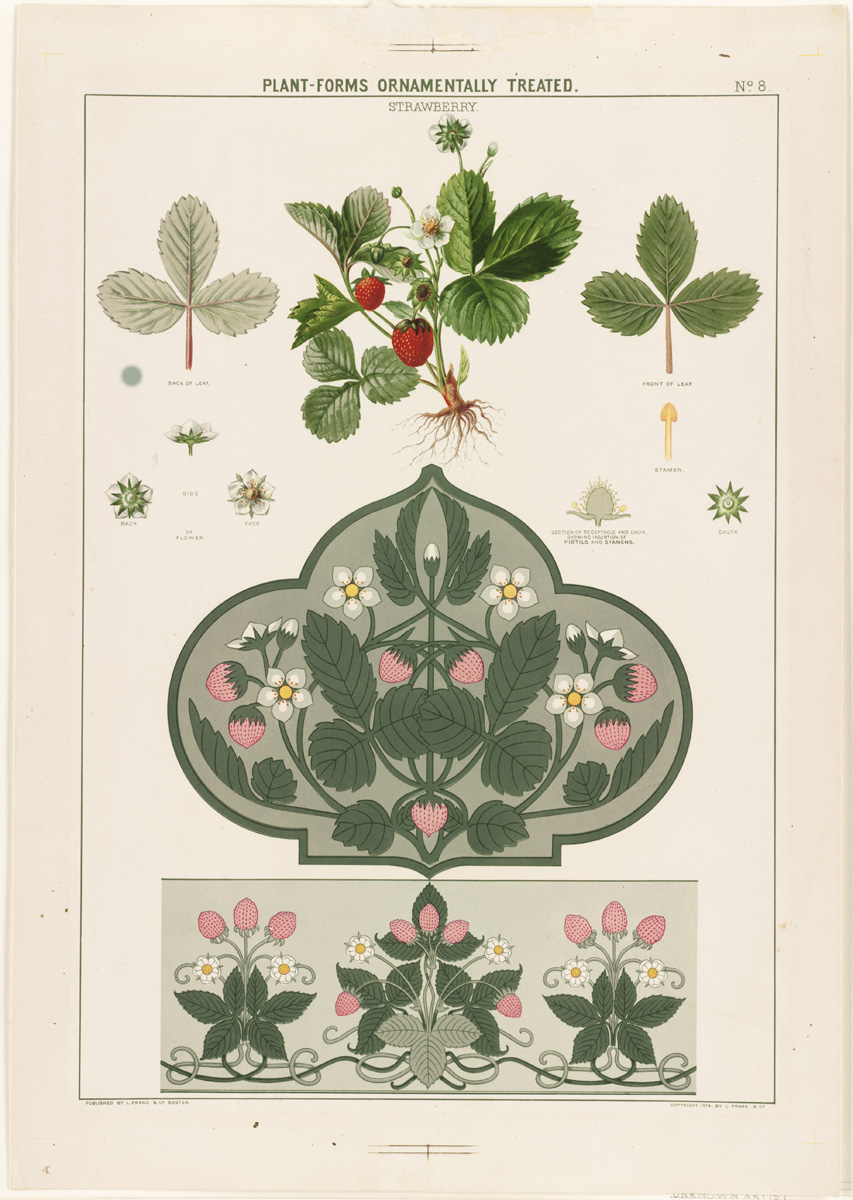
Our common strawberry will therefore not be born until 1740 when the botanist Antoine Nicolas Duchesne observed that a large number of hybrid fruits developed naturally when plants from Chile were planted near Virginia strawberries. Combining the taste of the second with the size of the first (even bigger in truth), a smell, shape, and taste of pineapple are observed, which will give it its botanical name (Fragaria × ananassa Duch).
This discovery will also be very important in botany since, until then, it had not yet been observed that certain species of plants produced only female or male flowers such as the Chilean strawberry which could only be pollinated by other male species.
If many new varieties have been created since (more than 600), it is this hybrid that is at the origin of most of our current strawberries.

Over time, strawberries spread all around the world, giving birth to new species developed locally according to the tastes of each culture. In Asia, the fruit became popular after the Second World War via Japan, even if treatises spoke of it as early as 990, notably in The Pillow Book (枕 草 子, Makura no Sōshi) written by the courtesan Sei Shonagon.
Their massive production (today Japan is the seventh-largest producer in the world) took them from a luxury fruit to a popular delicacy offered on many occasions and present as an aroma in virtually all types of sugary foods.






